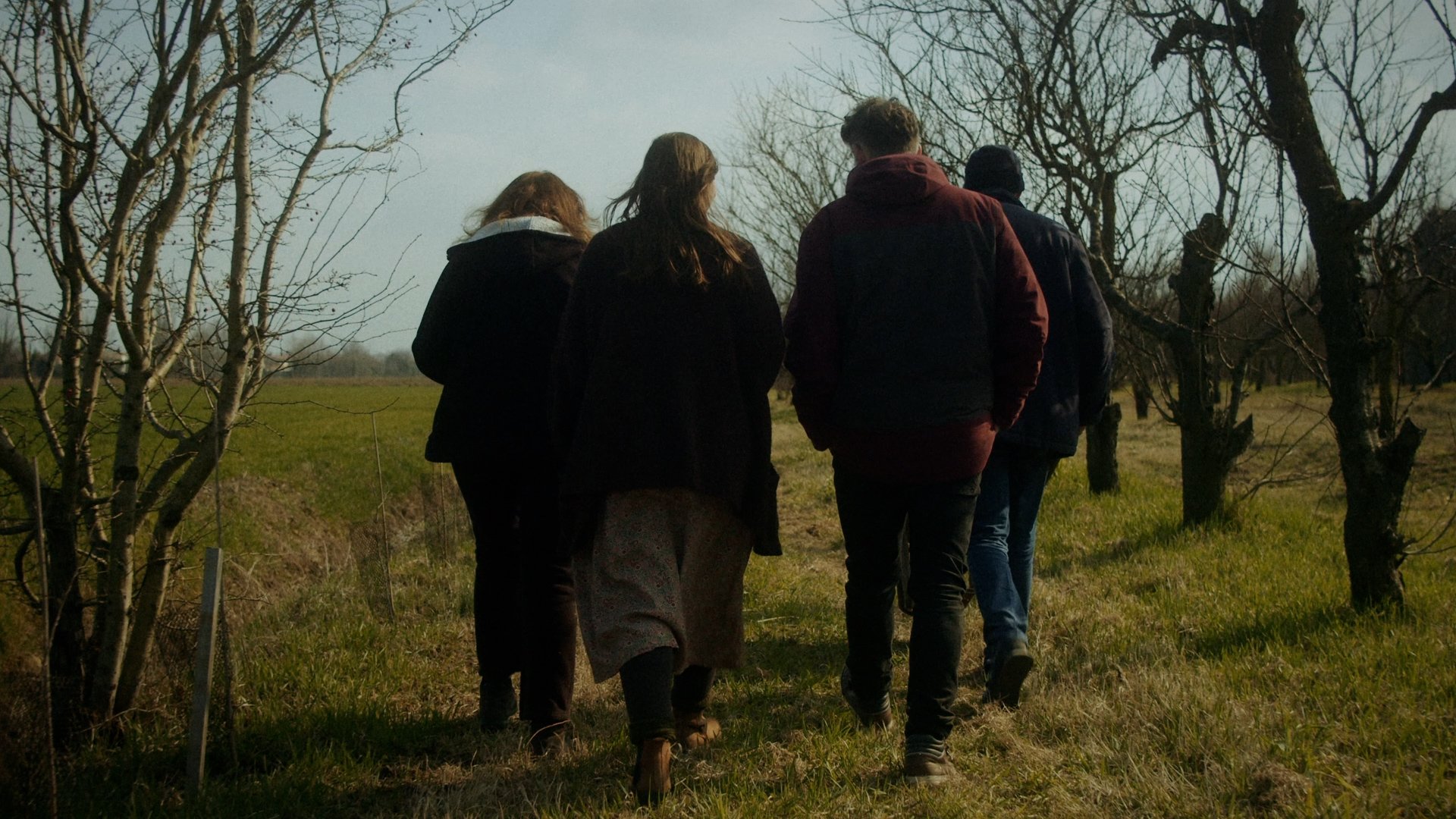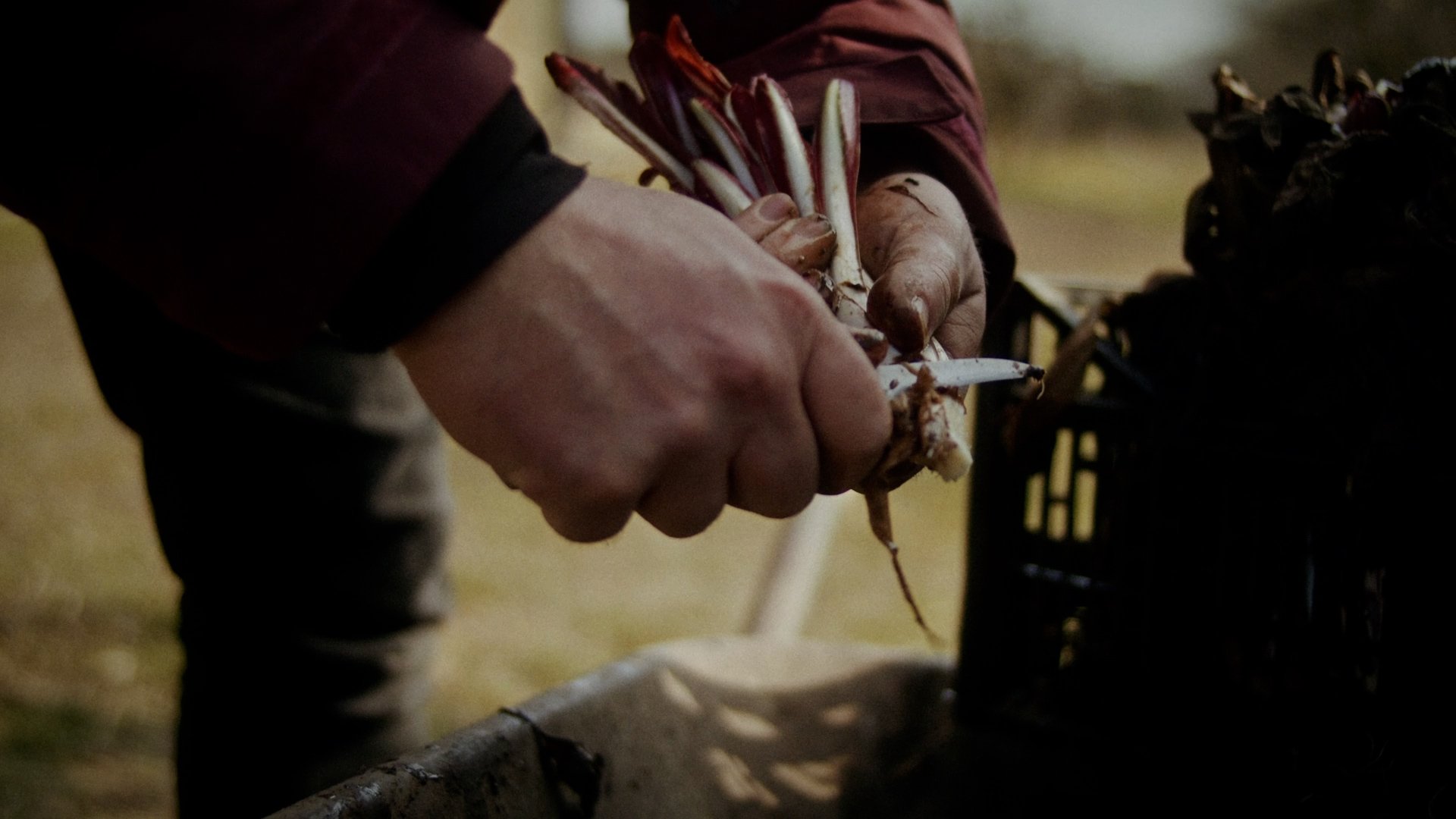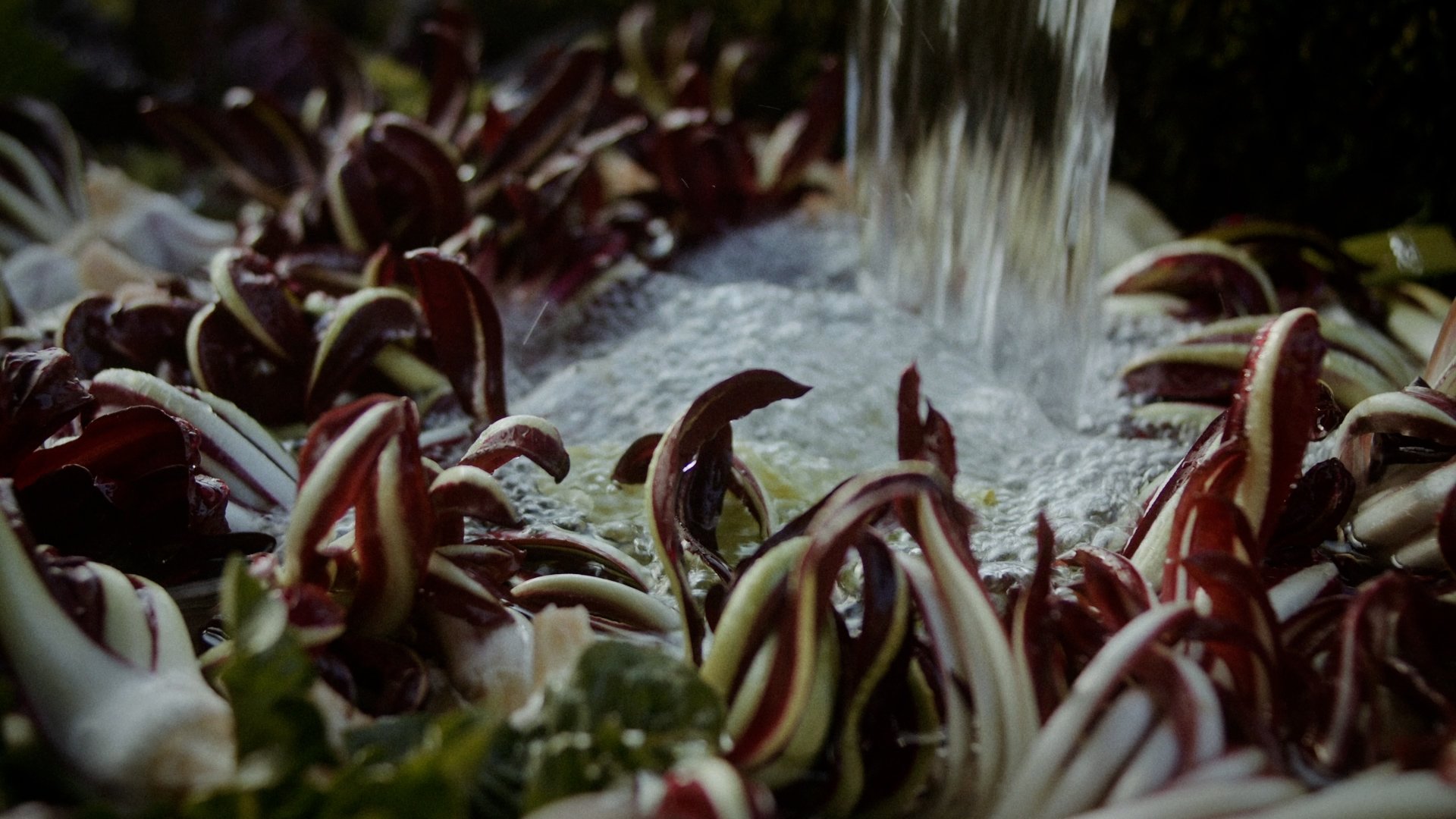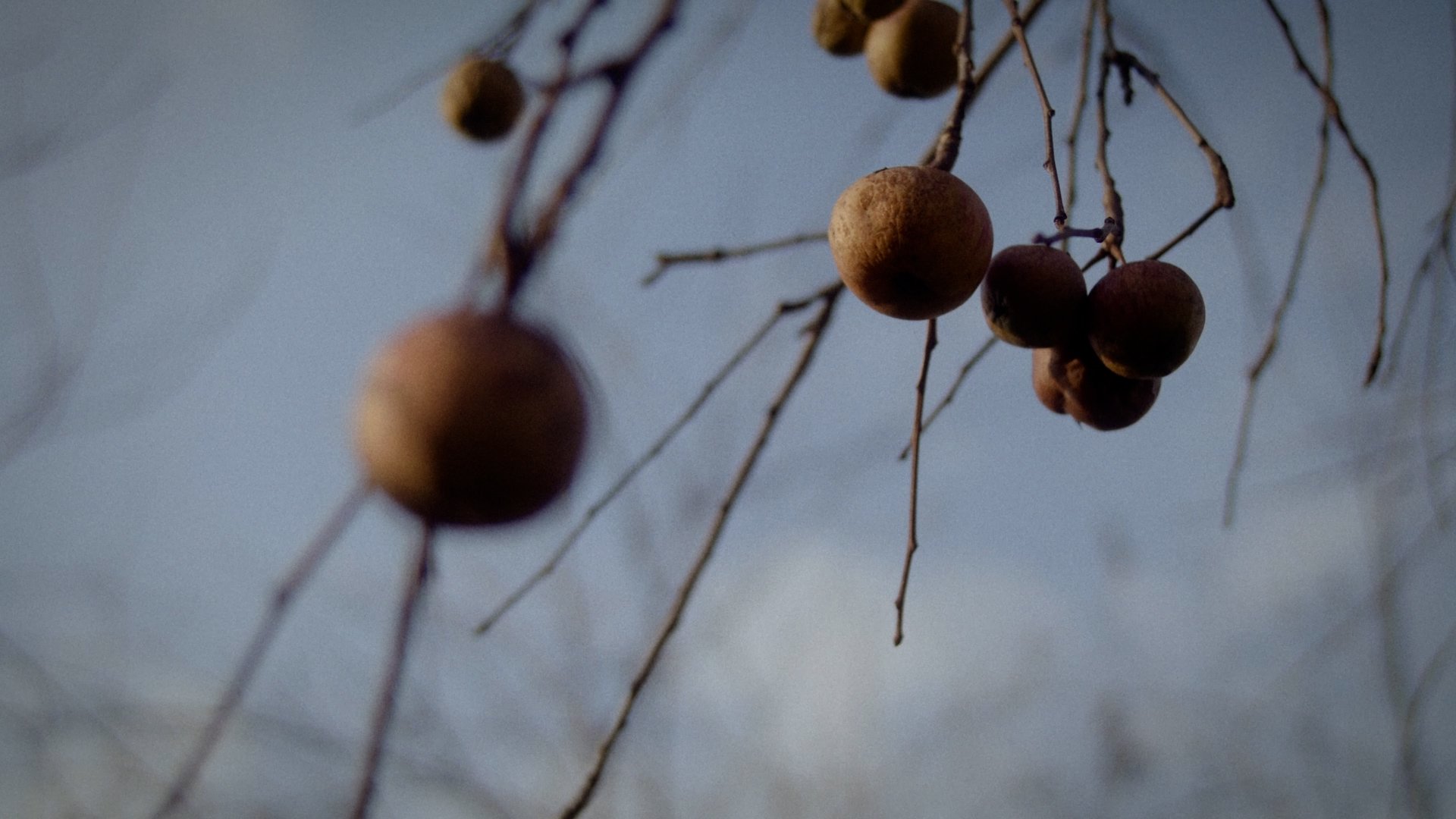Radicchio di Treviso: the winter flower
Good and healthy, Treviso radicchio is an iconic product to discover and taste in all its forms, as Ruth and Andrea teach us.

Rich in vitamins, antioxidants and fibre, crunchy and with a characteristic intense dark red color with white streaks, Treviso radicchio is a star of Italian cuisine.
This highly prized chicory, so much so that it is called the “winter flower”, is a delicacy that colors our tables in different versions and recipes: naturally, to appreciate its consistency and taste which oscillates between sweet and delicately bitter, as the main ingredient of risottos and pastas, cooked together with meats and other vegetables, in oil or to flavor beer.
Between the two variants, early and late, the latter is certainly the most requested, but also the most complex to produce, especially due to the long processing times.
In fact, to respect the genetic makeup of the vegetable, the entire process lasts two years: it starts with the collection of the flower seeds of the best plants from the previous year, continues with sowing in May, transplanting in August, harvesting starting from the first two frosts at the end of November and ending with the whitewashing process. 90% of the harvest is done by hand, as is the cleaning of the roots and leaves, the preparation and the introduction into the water.
The perfect ecosystem of rebellious mountain huts
In the kitchen and everyday life of Our Rustica, cheeses and wine represent an indispensable pair to be chosen with care, attention and love: the same care, the same attention, the same love with which Vitale Girardi, owner of the Malga Ribelle di Farra farm of Soligo, raises his animals, prunes his vineyards, produces his cheeses, listens to his land.
It was a special meeting between Vitale, Ruth and Andrea, a reunion between kindred souls who strongly believe in the value of the territory and in self-support, seeking a constant balance between man and nature.
After various experiences abroad, which took him from New Zealand to France, between farms and organic companies, Vitale decided to create Malga Ribelle on the Prosecco Hills, putting into practice his idea of circular agriculture, without waste.
Its objective is to manage the entire wine and cheese production chain, creating an ecosystem in which each element interacts with the others: the cows, for example, produce the fertilizer used in the vineyards, completing the vital and natural cycle at the base of this virtuous economy.

Treviso radicchio contains substances that are not present in other chicory: in the twenty days in which the root is in the spring water it is enriched with mineral salts and absorbs them to generate a new shoot, developing organoleptic and healthy properties.
How does such a fascinating process happen? The root, in contact with water at a constant temperature of around 14 degrees, in the dark, takes root a second time, covering itself with white rootlets and developing a new shoot inside the head: what we eat, therefore, is not that we collected in the field, but it is something that grew later. Richer, sweeter, purer.
Good and healthy, Treviso radicchio is an iconic product to discover and taste in all its forms, as Ruth and Andrea teach us.
A bit of history: from the stables to the resurgences

There are different versions on the origin of Treviso radicchio, as often happens when retracing the history of celebrities.
One of the most accredited dates back to 1860 and has as its protagonist the Belgian Francesco Van den Borre, specialized in setting up parks and gardens: it seems that, being in the Treviso area which is rich in springs (water at a constant temperature all year round) , Van den Borre tried to apply the blanching technique used with Belgian endive to wild radicchio. At the beginning the designated places were the stables, dark and warm environments thanks to the presence of the animals, in which cow dung abounded; subsequently, the technique was refined by exploiting the presence of resurgences.
Already at the beginning of the twentieth century the “precious chicory” was shipped to the capital, Germany and Austria and it was exactly in 1900 that Giuseppe Benzi, Lombard agronomist responsible for the Treviso Agricultural Association, inaugurated the first exhibition dedicated to radicchio under the Loggia of the Piazza dei Signori.
In more recent times, the Treviso area, which includes 24 municipalities crossed by resurgence watercourses that originate in the territory, has been recognized in Europe as a protected geographical identification (PGI).
Good and healthy, Treviso radicchio is an iconic product to discover and taste in all its forms, as Ruth and Andrea teach us.
Zolla 14: biodynamic agriculture as a lifestyle choice

Eleven hectares cultivated with vegetables, fruit, cereals and alfalfa, for a project that puts respect for nature and the universe first: Zolla 14, in Pezzan di Carbonera, is an agricultural company, but above all it is a world of discover.
For Marisa, owner of the company and artist of great sensitivity, biodynamic agriculture is a lifestyle choice that involves people, nature, the earth and the cosmos. Respecting nature means not disturbing it with substances other than those that surround it and on which it feeds: the medicinal herbs present within the agronomic nucleus, for example, are the same ones that Zolla 14 processes in the biodynamic macerate to be reintroduced into the earth to strengthen it , like the dung horn.
Marisa’s approach is essential and almost sensorial, but her vision is very clear and far-sighted: in this project everything that her parents had built has been enhanced and developed, to create excellent products and intrigue a different audience .
The Radicchio Rosso di Treviso Tardivo PGI produced in the company is a precious jewel, the result of long and impeccable work and the protagonist of experiments and customizations, such as the one that gave life to the flavored double malt beer: an elixir that Ruth and Andrea recommend trying absolutely.

Use our Product Configurator to complete the look of a range that’s Uniquely Yours
Bring your culinary
dreams to life
